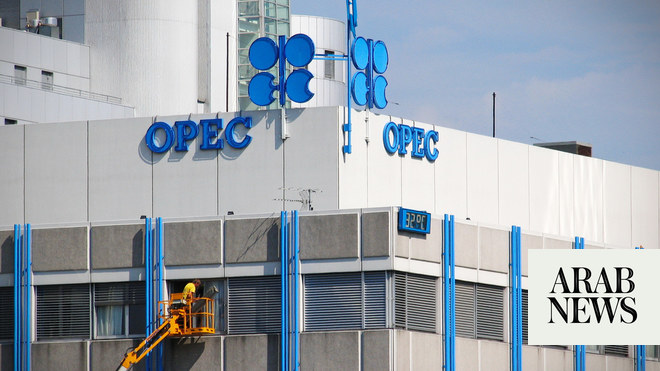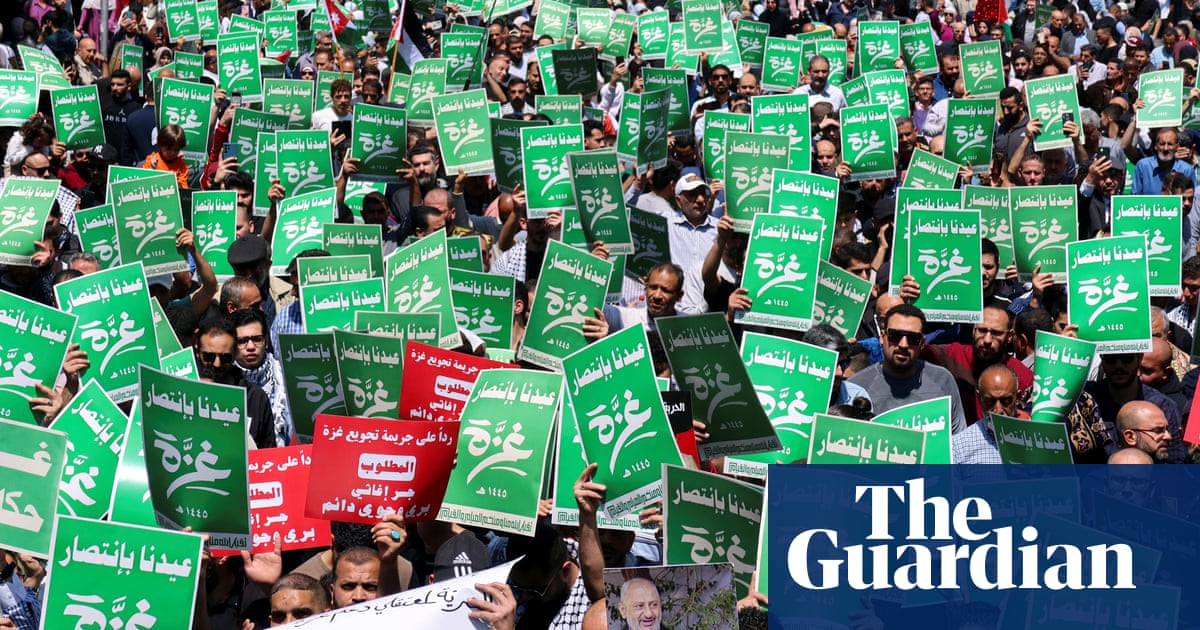
For some time Brent oil prices have been flirting with the $80 mark, and hit that level last week, while WTI briefly reached $70. The spike in the latter can partly be attributed to concerns about Hurricane Florence, which were only temporary as the Carolinas are neither production nor major refining centers.
Markets have been undeniably tight since the beginning of the year and might get even tighter, should Venezuelan production fall further, and given the fact that new sanctions on Iran come into force in November. Tanker tracking systems suggest that Iranian exports have slowed by around 500,000 barrels per day (bpd) so far. Korea has halted all imports of Iranian crude and China and India have made curbs. Secondary sanctions make it difficult to insure cargo and ships, posing a real problem for Iranian oil exports.
This year was always about new non-OPEC production coming on stream. Brazil disappointed in that regard, only increasing production by 30,000 bpd, which is a far cry from the expected 260,000-plus barrels. The US shale space came back with a vengeance, reaching growth rates last seen in 2014. US production is expected to rise by 1.7 million bpd this year and 1.2 million next. There is more upside, but producers are cautious, because of infrastructure bottlenecks, which will take time to sort out.
OPEC increased its production and is now 116 percent compliant with the 1.8 million bpd production cuts that the group and non-OPEC producers led by Russia agreed in December 2016. That is down from 119 percent in August and 152 percent in June. Hence OPEC’s July production reached a respectable 32.6 million bpd, with the bulk of the increase coming from Saudi Arabia. Libya also came back and now produces just shy of one million bpd. The problem with Libyan supply is a lack of reliability due to the internal political situation. Last week’s attacks on the headquarters of its national oil company prove this assessment.
As far as the demand picture is concerned the International Energy Agency left the growth forecasts for this year and next unchanged at 1.4 and 1.5 million bpd respectively. Looking at demand, OPEC Secretary-General Mohammad Barkindo pointed to extraneous factors outside the organization’s sphere of influence. He referred to trade wars between the US and China, which could put a dampener on global economic growth and with it oil demand. There is also the emerging markets currency rout, which could shrink demand.
Non-OPEC members have not quite lived up to their promise of putting incremental barrels on the market
Cornelia Meyer
What do these factors tell us? The balance between supply and demand is tight, depending on the global economic growth. Demand looks robust yet trade wars pose a threat to economic growth, and could also lead to a part localization of supply chains. This in turn would be very bad for oil demand: A double whammy, so to speak. A further acceleration of the crisis in the emerging markets could also prove significant.
The supply picture is tight. Non-OPEC members have not quite lived up to their promise of putting incremental barrels on the market. OPEC has upped its production and has a spare capacity of around 2.7 million bpd, 60 percent of which is from Saudi Arabia. The problem with this spare capacity is that it has been lying idle for so long that it is unclear how quickly production can be ramped up.
Overall, the oil sector is suffering from underinvestment. According to Barkindo, global oil companies canceled or postponed investments to the tune of around $1 trillion when oil prices were at their lowest a few years back. This is important because oil is an ultra-long cycle business. As far as conventional oil is concerned a dollar invested today will produce a barrel in four to 10 years. Shale production can be boosted more quickly, yet there is not enough shale oil around to satisfy global demand.
Over the next few months global oil demand will hit 100 million bpd — a level that would have been deemed inconceivable a decade ago or so. Depending on what happens with Venezuela, Iran and Libya on the supply side — as well as trade wars and emerging-market woes in terms of demand — prices might well leave that new comfort zone, either rising or falling. However, a further tightening of markets is the more likely scenario — and should be of concern for consumers and producers alike.
Cornelia Meyer is a business consultant, macro-economist and energy expert. Twitter: @MeyerResources












